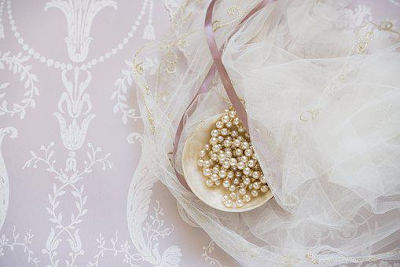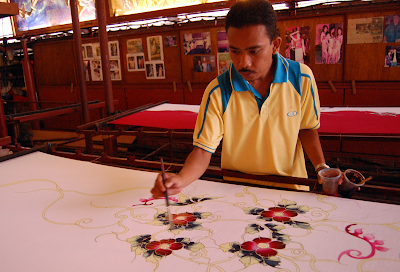Featured
- Get link
- X
- Other Apps
WHAT ARE ACRYLIC AND MODACRYLIC FIBERS?
FIBERS OF ACRYLIC AND MODACRYLIC.
Acrylic and modacrylic fibers are made from the petrochemical acrylonitrile.
Acrylic fibers are defined by the US Federal Trade Commission as fibers that include 85 percent or more acrylonitrile units; for modacrylics, the number is 35–85 percent.
Early fibers were made entirely of acrylonitrile, but more successful versions were made with the addition of up to 15% of additional chemical units that enhanced the fiber's capacity to absorb colors.
Acrylic fibers were widely recognized under trade names such as Orlon, Acrilan, Zefran, Creslan, and Courtelle in the 1950s, a golden era of innovative synthetic fibers; modacrylics included Dynel, Teklan, and Verel.
Individual versions of acrylic fibers vary from one another more than other synthetic fibers due to chemical composition variability and variations in fiber manufacturing techniques.
Many other modacrylic fibers have also been developed, but they tend to include a high percentage of chlorine-based units.
The flame resistance of modacrylics is due to this chlorine component.
Because the market share of both acrylic and modacrylic fibers has decreased since the 1980s, it is acceptable to discuss them together, despite the fact that they are generally distinct.
Acrylic fibers contain bean, dog-bone, or peanut-shaped cross sections that are usually spherical or somewhat irregular.
Compared to other fibers, a given volume of fiber is relatively light (fiber density is 1.17).
Acrylic fibers are only half as strong as nylon or polyester (tenacity is 2–3.5 g/d), therefore they're only used in situations where strength is critical.
Acrylic fiber fabrics, like other synthetics, absorb minimal water (moisture recovery is 1–2%), and they dry quickly.
Small levels of stretching have a good recovery time for fibers.
They are very resistant to sunlight, weathering, and a variety of substances, especially inorganic acids.
They're thermoplastic, softening around 450–500°F (230–260°C) and may be heat set and texturized, but too much heat will cause them to yellow.
Modacrylics have comparable characteristics, with the exception of a greater density (1.35), lower softening temperatures (50–100°F), and a “self-extinguishing” flame reaction due to the chlorine component.
Because of the various chemical units in the fiber, several dyeing behaviors were possible, and some were created to be dyeable with acid dyes, like wool.
Most acrylic fiber variations were colored with basic (cationic) dyes in the early 2000s.
Many early synthetic dyes, like as Perkin's Mauve, were basic dyes, and they were used for acrylics, but dyemakers subsequently created "modified" basic colors especially for these fibers.
Pale colors may also benefit from disperse dyes.
A significant proportion of acrylic and modacrylic fiber is colored during production, either as “solution dyed” fiber or by “gel-dyeing,” which involves adding dye to the fiber immediately after spinning.
The majority of acrylic is manufactured as a staple fiber, and bulky yarns are created by combining fibers with varying shrinkage characteristics.
Bicomponent fibers (fibers produced from two distinct acrylic ingredients) create very thick fibers and skeins.
The fibers are used in wool-like end applications, such as sweaters, blankets, socks, and knitting yarn, as the ease of producing bulky yarns indicates, and as the suffix "-lan" or "-lon" implies.
Acrylic scarves made with microfibre are very soft.
Acrylic fibers' use in carpets has been restricted due to flammability and a lack of durability.
Sweatshirts and trousers have been made from cotton and acrylic fiber mixes for many years, but polyester has now taken over the synthetic role in that end use.
The most effective faux furs are made from modacrylic and acrylic fibers, which are commonly used in hairpieces and doll hair.
Both fibers are excellent for outdoor applications such as awnings due to their better UV resistance, with modacrylics offering added flame protection.
Despite the low softening temperature, modacrylics' low flammability offers a degree of safety; end applications based on this characteristic include airplane blankets and military sweaters.
Acrylic fibers are utilized as starting materials for carbon (graphite) fiber manufacturing.
Acrylic fiber articles are simple to maintain: they dry quickly and, if correctly set during manufacturing, retain their proportions.
Excessive circumstances may induce shrinking or loss of mass.
Acrylic and modacrylic fibers have reached the end of their useful lives; cheaper polyester has supplanted them in a number of applications.
Find Jai on Twitter | LinkedIn | Instagram
- Get link
- X
- Other Apps












